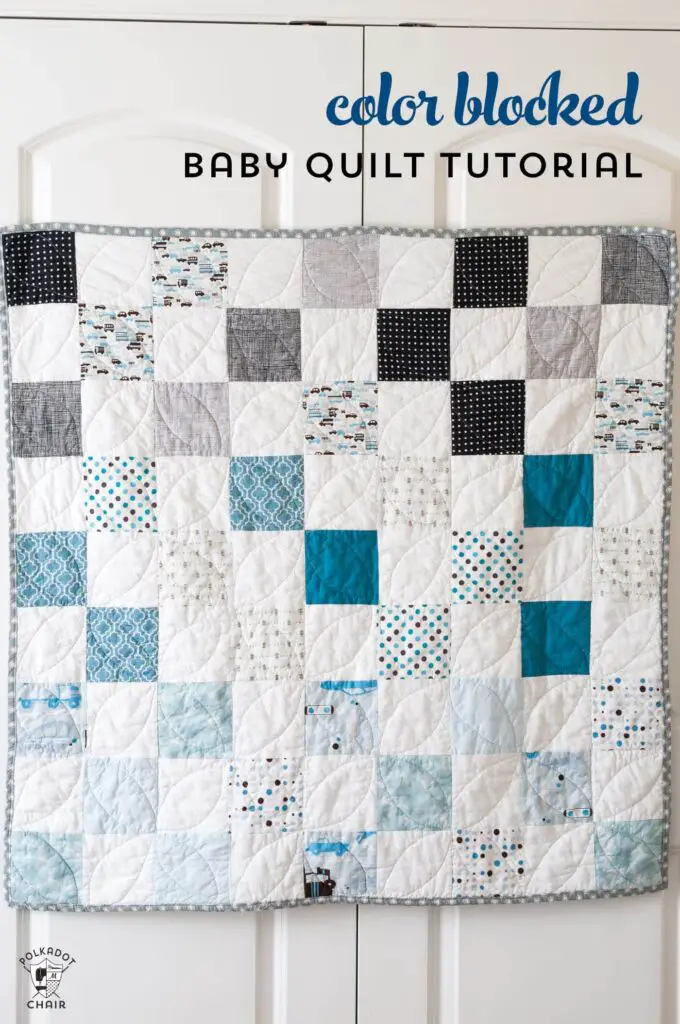Creating a baby quilt is a great way to show your love and dedication to a new family member! But have you ever wondered how many 5×5 squares you need to make a beautiful and stunning baby quilt? This article will provide you with the information you need to know about how many 5×5 squares it takes to make an eye-catching baby quilt. Keep reading to find out more!
Quilt Basics
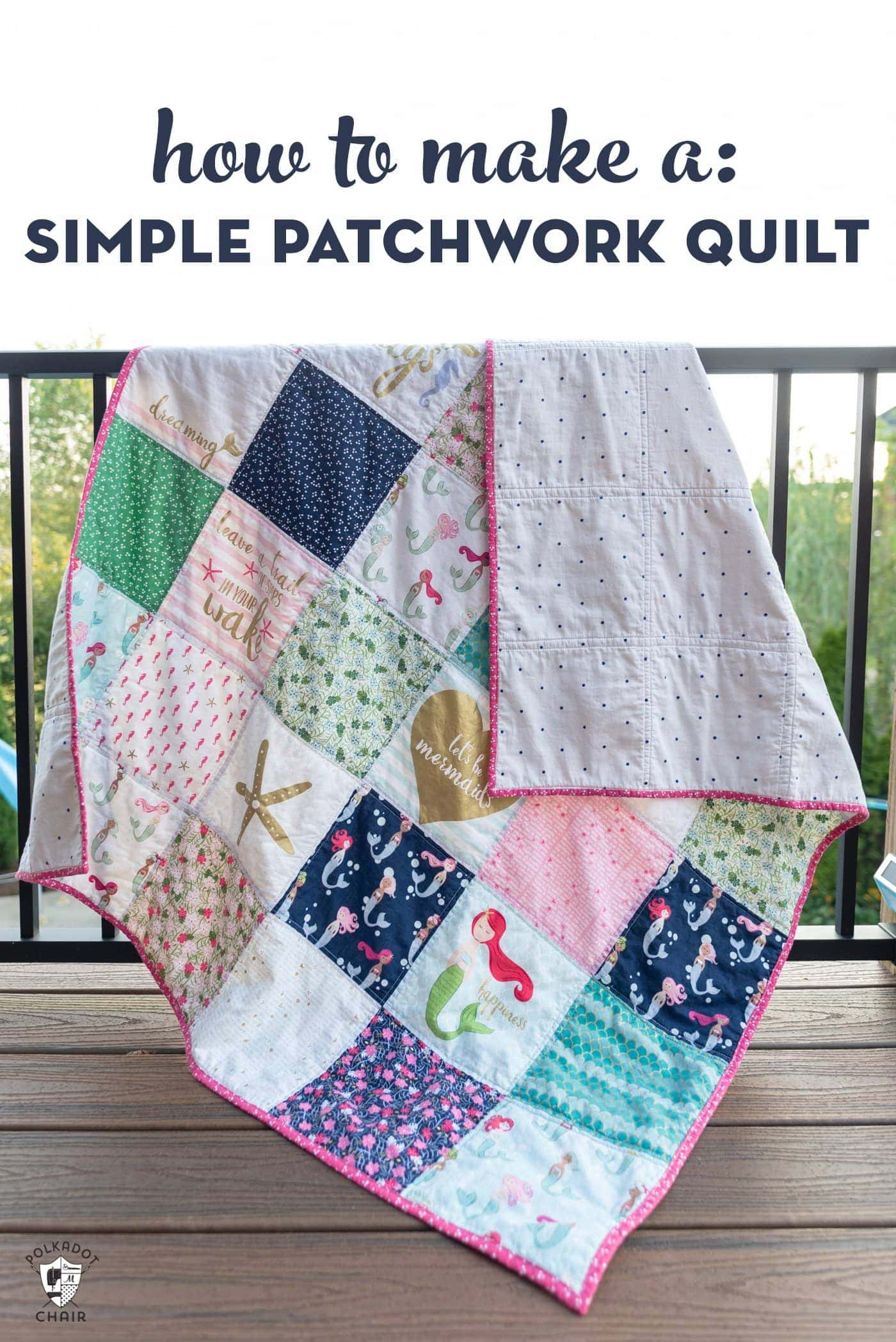
Definition
Quilting is the traditional art of sewing two or more layers of fabric together with batting or stuffing in between. Quilts are typically crafted in a variety of sizes and shapes, and can be used for various purposes, including bedding and wall hangings.
Materials
Quilting requires a few basic supplies: fabric, batting, stuffing, and thread. Fabric is used to create the top and bottom layers of the quilt, while batting or stuffing is used to provide additional warmth and insulation. Thread is used to sew the layers together.
Sizes
Quilts can be crafted in a variety of sizes, from small wall hangings to large bed coverings. A standard baby quilt is typically designed with 40 5×5 squares. The final size of the quilt will depend on the size of the squares and the number of squares used.
Calculating Quilt Size
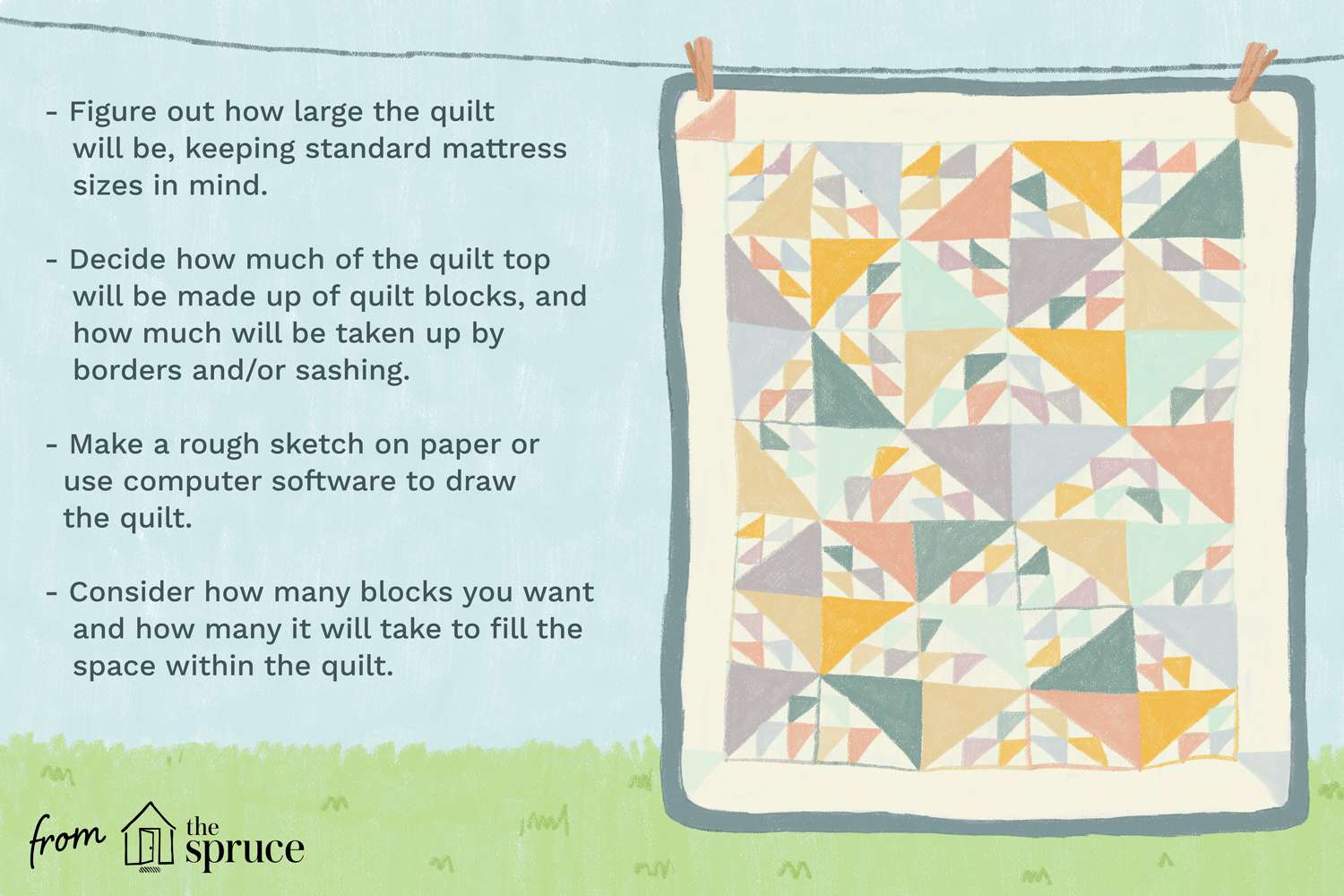
Calculating Square Size
When making a baby quilt, it is important to determine the size of the squares that you will be using. Typically, 5×5 inch squares are used for baby quilts. This is because they are small enough to work on a baby quilt without making the quilt too bulky.
Calculating Quilt Size
Once you have determined the size of the squares, you can calculate the size of the quilt that you will need. The size of the quilt will depend on how many 5×5 inch squares you need for the quilt. To calculate this, you need to determine the number of squares that will fit on the quilt. For example, a throw blanket quilt should have at least 24 5×5 inch squares. Therefore, if you are making a baby quilt, you will need to calculate the number of 5×5 inch squares needed to make the baby quilt the right size.
How Many 5×5 Squares Do You Need to Create a Baby Quilt?
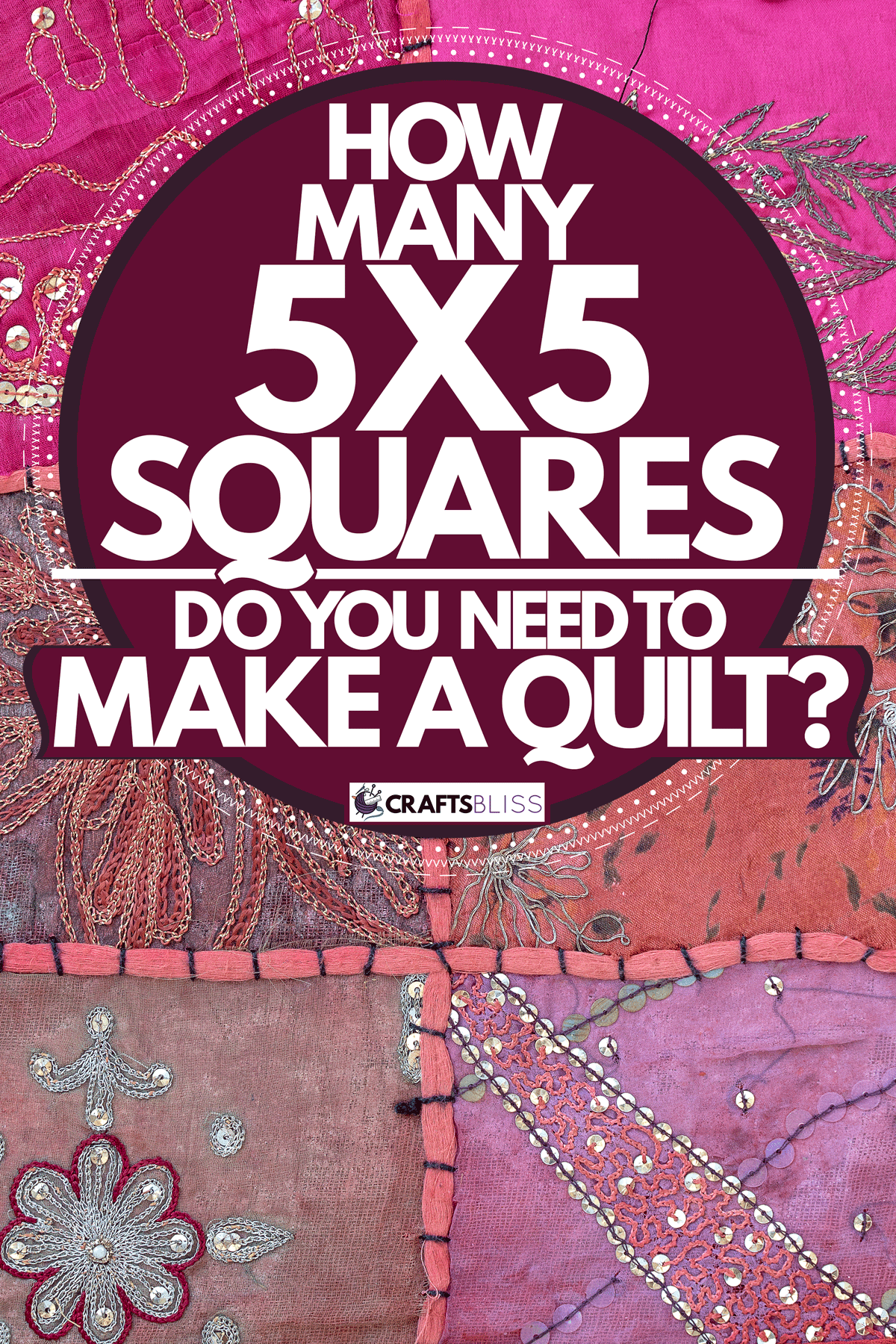
Creating a baby quilt requires careful planning and preparation. When it comes to the size of the quilt, it all depends on how big you want to make your quilt squares. A 5×5 quilt square is a popular size for a baby quilt. Depending on the design you choose and the size of the quilt, you will need anywhere from 20 to 50 5×5 quilt squares.
If you are creating a smaller quilt, such as a lap quilt or a crib quilt, you will need 20 to 25 5×5 quilt squares. If you are making a larger quilt such as a twin or full-size quilt, you will need 40 to 50 5×5 quilt squares.
When selecting fabric for your quilt, make sure you have enough fabric for the quilt top, backing, and binding. A general rule of thumb is to purchase 1/4 yard of fabric for each 5×5 quilt square. This will ensure that you have enough fabric to complete your project.
Once you have determined how many 5×5 squares you need, it’s time to start piecing your quilt top. Depending on the pattern you choose, you can either sew the squares together by hand or use a sewing machine.
After piecing the quilt top, you will need to add a backing and binding to the quilt. A backing is a large piece of fabric that is placed behind the quilt top to give it structure and support. The binding is a strip of fabric that is used to finish off the edges of the quilt.
Once your quilt is complete, you can add a label to the back of the quilt. This is a great way to document the name of the quilt, the year it was made, and the name of the quilt maker.
Creating a baby quilt is a fun and creative way to make a special keepsake. With a little bit of planning and preparation, you can create a beautiful quilt that will be treasured for years to come.
How Big Is 40 5×5 Squares?
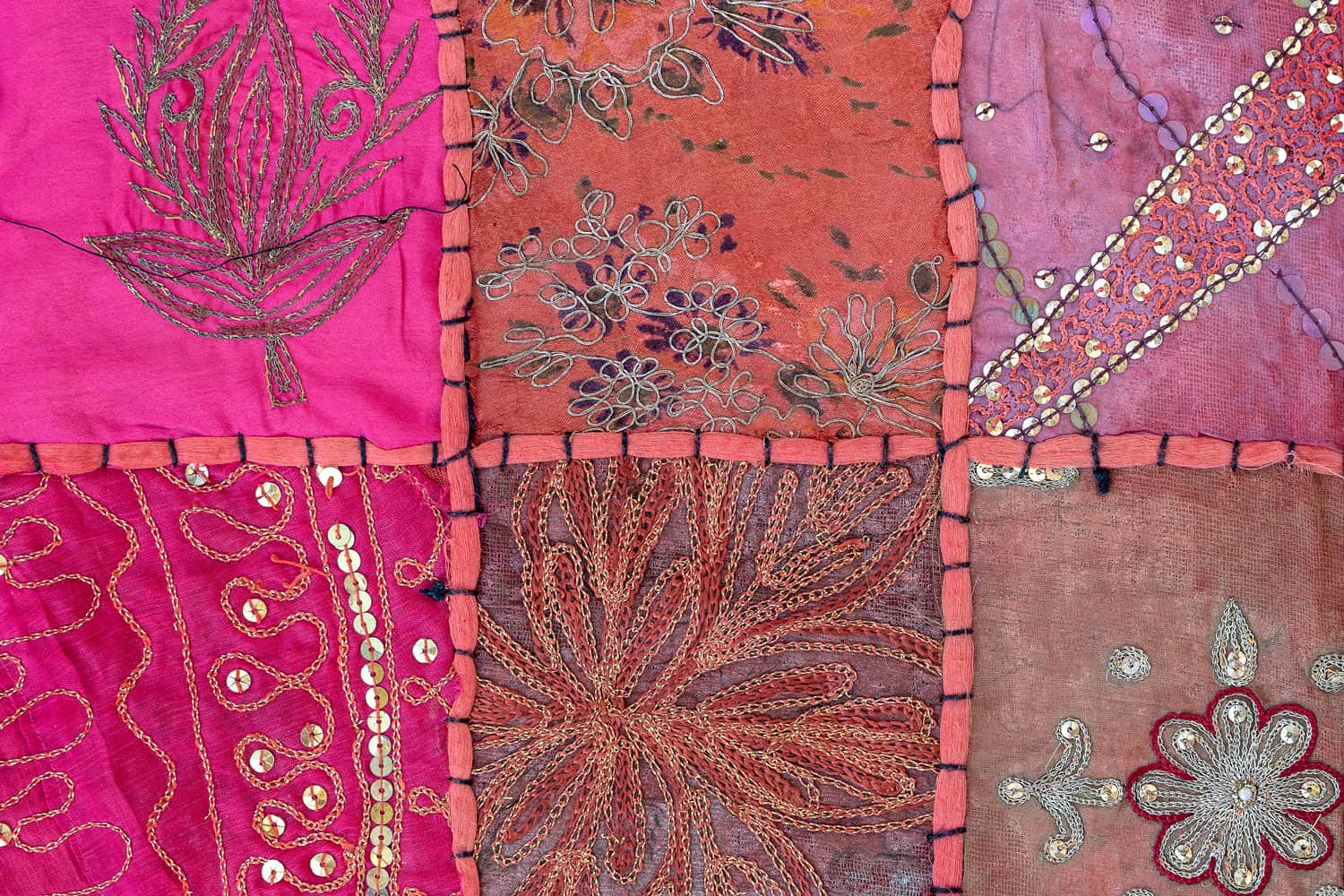
A baby quilt composed of 40 5×5 squares would measure 5 feet by 5 feet (60 inches by 60 inches). This size is perfect for a baby quilt that is meant to cover a crib or toddler bed. Each square will measure 12.5 inches by 12.5 inches, making the total area of the quilt 600 square inches. The following table illustrates the dimensions of the quilt:
| No. of Squares | Width (inches) | Length (inches) |
|---|---|---|
| 40 | 60 | 60 |
The total area of a quilt composed of 40 5×5 squares would be 600 square inches, or 5 feet by 5 feet. This size is perfect for a baby quilt that is meant to cover a crib or toddler bed.
How Many Squares Is a Throw Blanket Quilt?
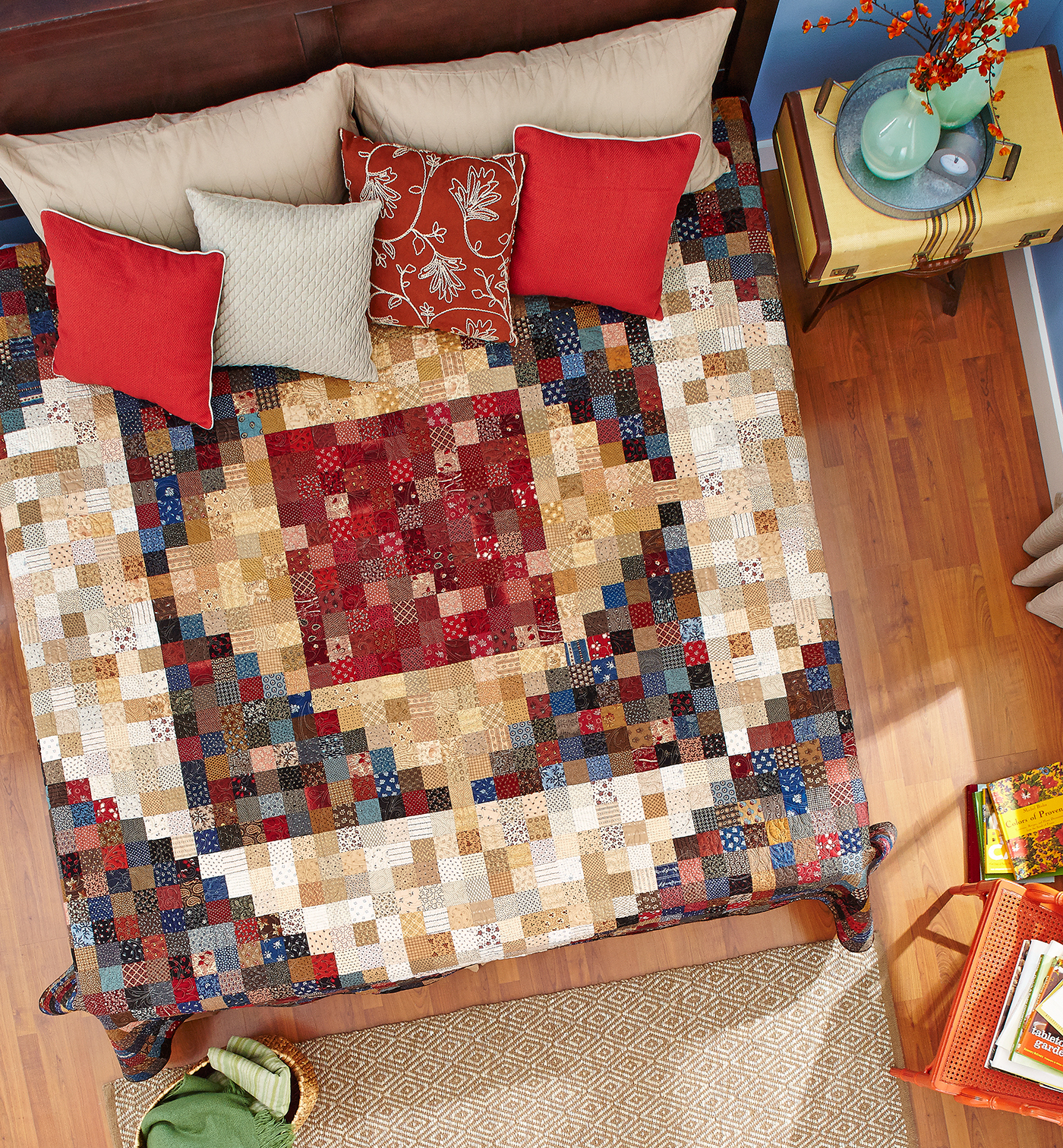
- Depending on the size of the quilt, the number of 5×5 squares needed to make a baby quilt can vary. A small throw blanket quilt will typically require between 24-36 squares.
- When arranging the squares, most people opt for a 6-square by 6-square pattern. This will form a 36-square quilt.
- For a larger quilt, you can increase the number of squares. For example, a 9-square by 9-square pattern will form an 81-square quilt.
- For a bigger quilt, you can increase the size of the squares. A 12-square by 12-square pattern of 5×5-inch squares will form a 144-square quilt.
- You can also combine different sizes of squares. For example, you can use 5×5-inch squares on the top and bottom and 4×4-inch squares in the middle to create a quilt with an interesting pattern.
No matter the size or pattern you choose, a throw blanket quilt will always have an even number of squares. This is because quilts are traditionally arranged in a grid of even numbers.
How Big Can I Make Quilt Squares?
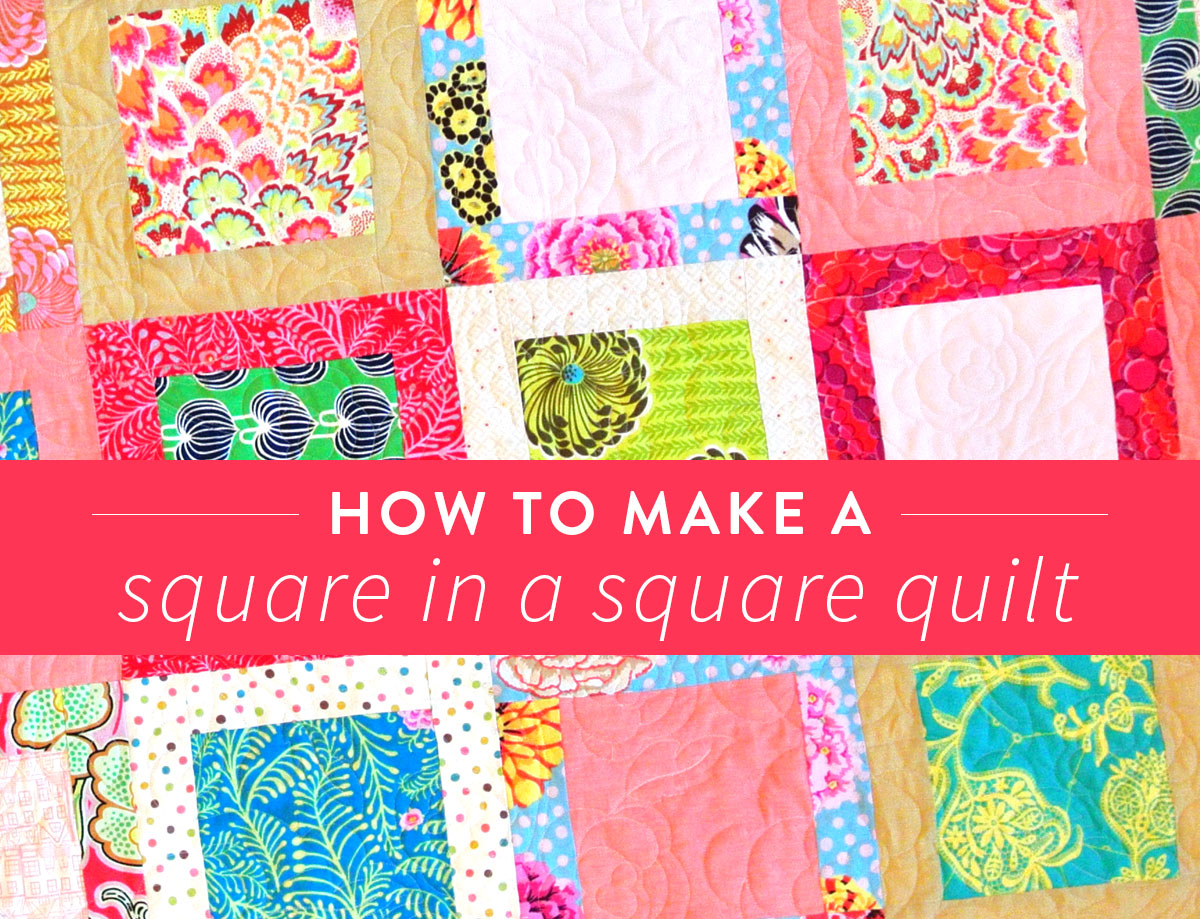
When making a quilt, the size of the quilt squares can be adjusted to fit any size quilt. The most common quilt square size for a baby quilt is 5” x 5”. However, it is possible to make quilt squares larger or smaller depending on the desired result.
For a baby quilt, the 5” x 5” size is recommended as it is a good size for a baby without being too large or too small. If you want to make a larger quilt, you can use larger quilt squares, such as 7” x 7” or 9” x 9”. This can create a larger quilt with a more impressive look.
On the other hand, if you want to make a smaller quilt, you can use smaller quilt squares, such as 4” x 4” or 3” x 3”. This can create a quilt that is more compact and can be easily carried around.
In addition, you can also use different sizes of quilt squares within the same quilt. This can create an interesting pattern that will make the quilt more unique.
Overall, you have a lot of options when it comes to the size of the quilt squares you use. The size of the quilt squares you use will depend on the desired size of the quilt and the pattern you want to create.
Creative Uses for Quilt Squares
Quilt squares are incredibly versatile and can be used for a variety of different projects. Whether you’re making a baby quilt or a larger blanket, quilt squares can be used to create a unique look. Here are just a few creative uses for quilt squares:
Wall Art: Quilt squares can be used to create beautiful wall art. You can use them to create a pattern or design, or even use them to make a “patchwork” wall.
Table Runners: Quilt squares can be used to create a unique and beautiful table runner. You can use different colors and patterns to create a unique look.
Throw Pillows: Quilt squares can also be used to make throw pillows. You can create a unique pattern or design that will add a touch of style to any room.
Clothing: Quilt squares can be used to make clothing, such as skirts, jackets, and even hats. The possibilities are endless when it comes to using quilt squares for clothing!
Accessories: Quilt squares can also be used to make accessories such as scarves, bags, and even jewelry.
With so many creative uses for quilt squares, you’ll never run out of ideas for your next project. Whether you’re making a baby quilt or something larger, quilt squares can help you create a unique look that’s sure to impress.
Frequently Asked Questions
What type of fabric should I use for my baby quilt?
-
Cotton: Cotton is the most common fabric used for baby quilts due to its softness, durability and breathability. Cotton is also easy to clean and is available in a wide range of colors and prints.
Minky: Minky is a soft, plush fabric that is often used for baby blankets. It is very lightweight and provides a lot of warmth. Minky is typically machine-washable and comes in a variety of colors and prints.
Fleece: Fleece is a warm, lightweight fabric that is easy to sew. It is machine-washable and is available in a wide range of colors and prints.
Flannel: Flannel is a lightweight fabric that is soft and warm. It is easy to sew and is available in a wide range of colors and prints. Flannel is machine-washable and can be used for a variety of quilt projects.
Organic Cotton: Organic cotton is a natural fiber that is grown without the use of pesticides or chemicals. It is soft, durable and breathable. Organic cotton is machine-washable and comes in a variety of colors and prints.
How can I make sure the stitching of my quilt is even?
- Tension Adjustment: Adjust the tension of the top thread to create a balanced stitch. If the tension is too tight, the stitches will be too loose, and if the tension is too loose, the stitches may be too tight.
- Stitch Length: When sewing, use a stitch length that is appropriate for the fabric. Longer stitch lengths are best for heavier fabrics, while shorter stitch lengths are best for lightweight fabrics.
- Presser Foot: Use the right presser foot for the fabric being sewn. A walking foot or a quilting foot will work best when quilting.
- Fabric Preparation: Make sure that all fabric pieces are cut accurately and all seam allowances are consistent. This will ensure that the quilt top and backing are even when pieced together.
- Pinning: Pin the fabric pieces together before stitching to ensure that the seam allowances are even. This will help to keep the pieces in place while sewing.
- Check Work: Check the stitching periodically to make sure it is even and consistent. If any stitches appear to be too loose or too tight, adjust the tension or stitch length accordingly.
What Kind of Batting Should I Use for My Quilt?
When selecting batting for your quilt, the most important factor to consider is the amount of warmth needed. Cotton batting is great for lightweight quilts that don’t need much warmth, while polyester batting works well for quilts that need more insulation. Additionally, you can use a blend of both for a quilt that needs breathability and warmth. Wool batting is great for quilts that need warmth, but should be avoided if you plan to machine wash the quilt.
Is it necessary to use a quilting foot for my sewing machine?
Yes, it is necessary to use a quilting foot for your sewing machine when making a baby quilt. Quilting feet are specifically designed to help quilters sew precise, even stitches on multiple layers of fabric. Here are some of the benefits of using quilting feet:
- The feet help you sew accurately spaced lines of quilting stitches.
- The feed dogs (the metal teeth underneath the needle plate) hold the layers of fabric in place for even stitching.
- The feet can be adjusted to accommodate different depths of quilting.
- The feet can be used for both straight line and free-motion quilting.
- The feet help prevent fabric from bunching and slipping during the quilting process.
Using a quilting foot is an essential part of making a baby quilt and will help ensure that your project turns out correctly.
What Kind of Pattern Should I Use for My Baby Quilt?
When it comes to baby quilts, the sky is the limit when it comes to patterns. From traditional patchwork designs to modern, abstract quilts, the possibilities are endless. Consider the baby’s room decor, gender, and favorite colors when selecting a pattern. You might even choose to incorporate a theme, like animals, shapes, or other fun motifs. With the right combination of fabric and pattern, your finished quilt will be a treasured family heirloom.
Conclusion
A baby quilt is a thoughtful and creative way to show love to a new baby. With a few basic supplies and a little creative flair, you can create a stunning baby quilt using 5×5 squares. The most important thing is to pick a color palette, select fabrics that match, and have fun with it!
References
- How Many 5×5 Squares to Make a Baby Quilt (Quiltmaker)
- How to Make a Baby Quilt (Better Homes & Gardens)
- How to Make a Baby Quilt (Eastern Illinois University)
